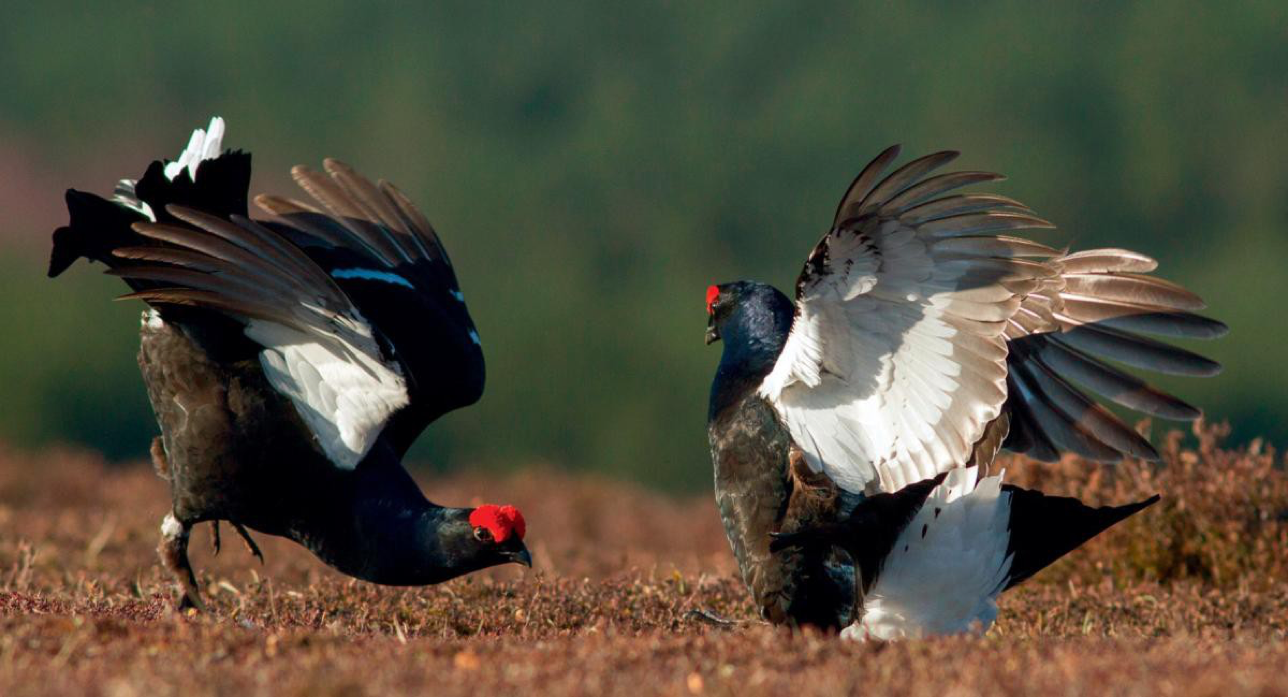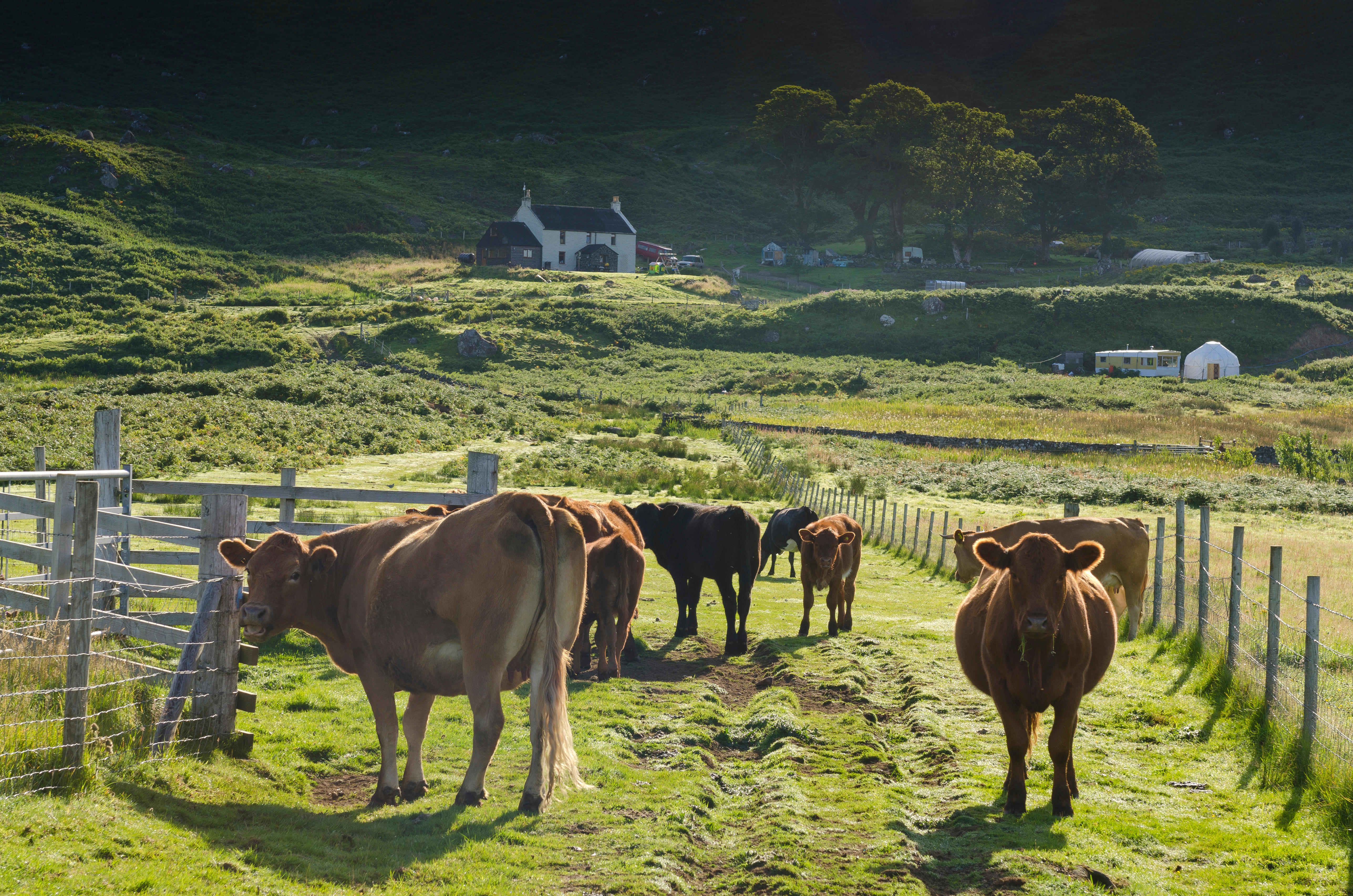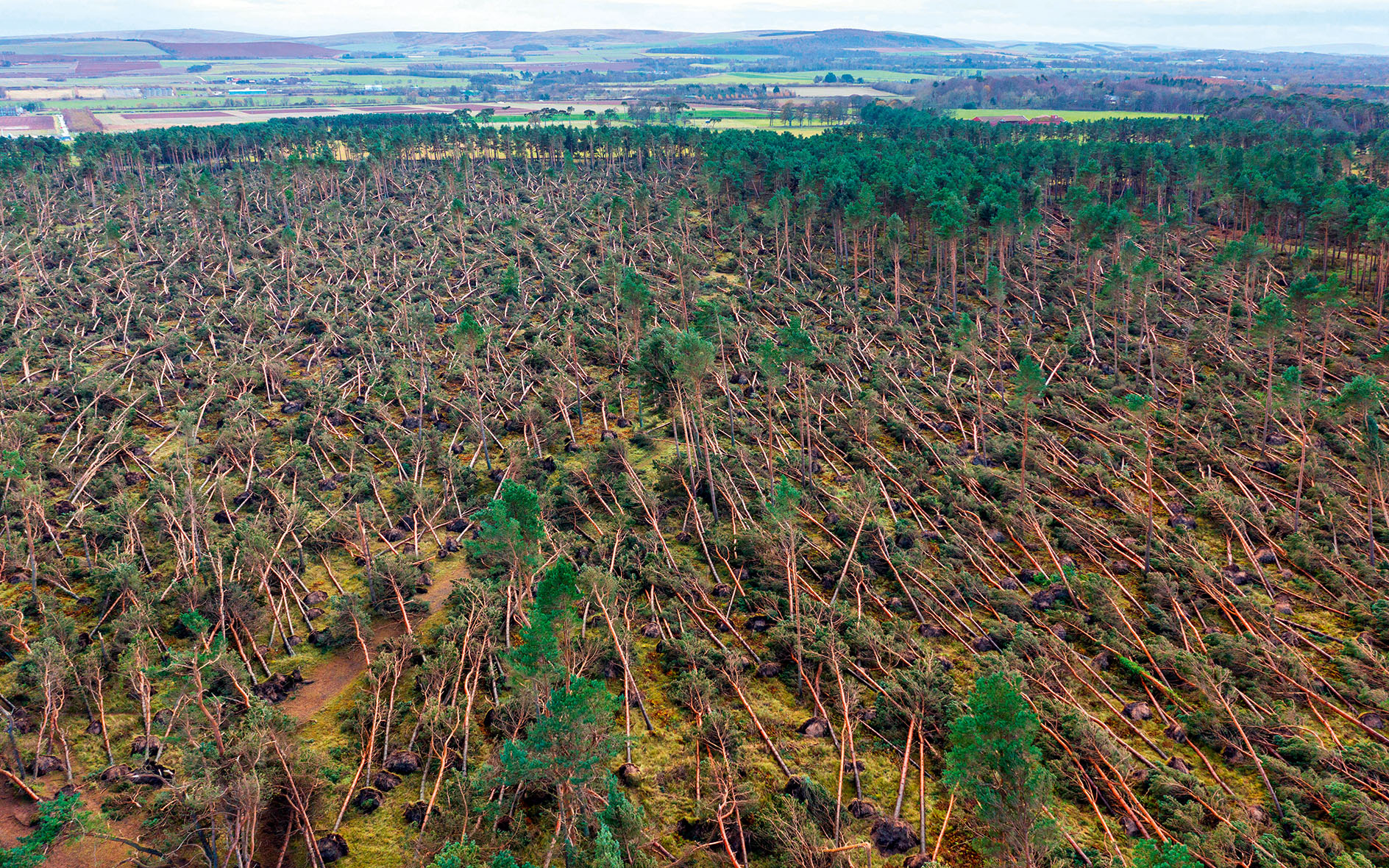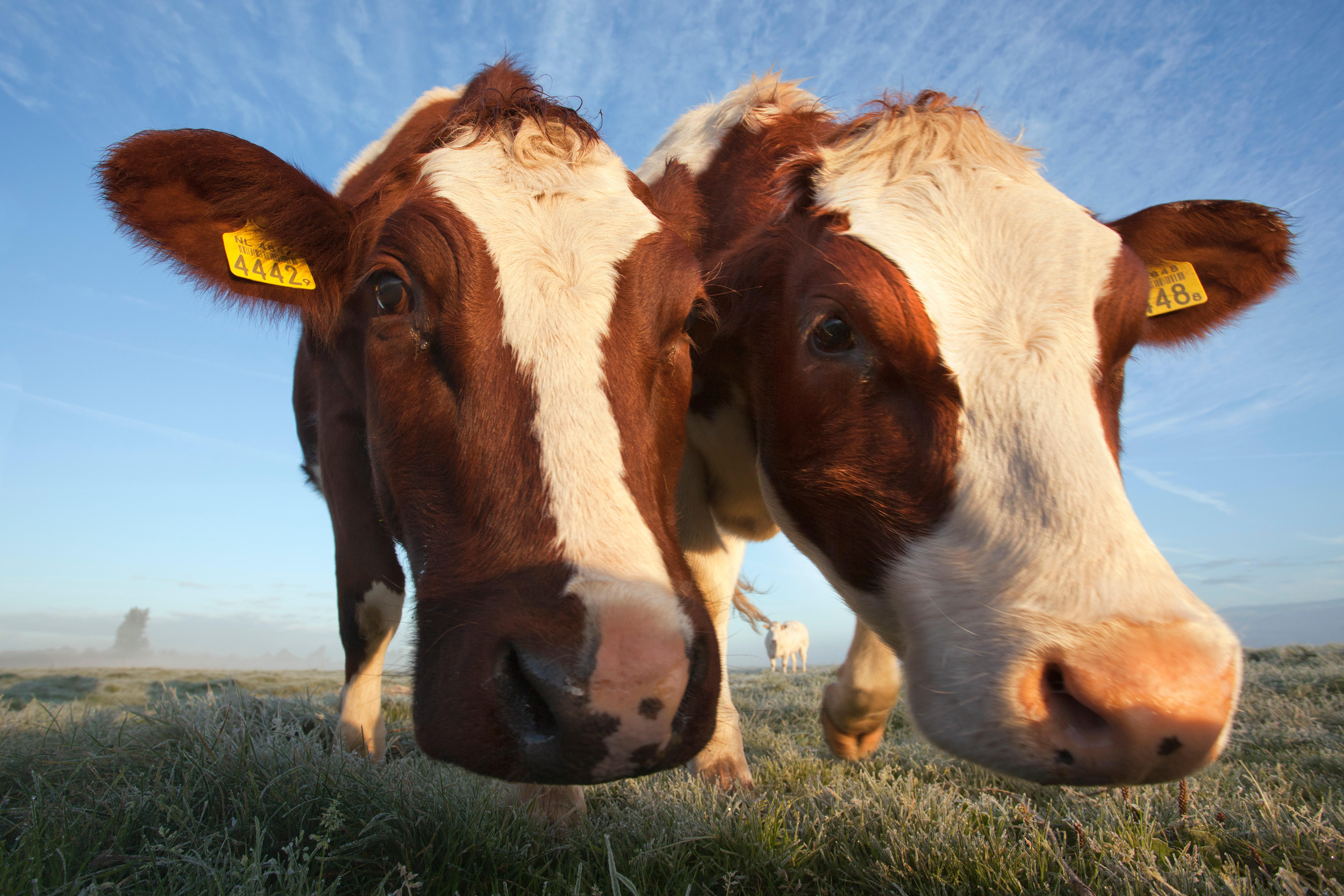'The most spectacular wildlife experience in the British countryside', and where to go to see it
The jostling for position, the amazing social dynamics and the extraordinary noise of the lek — the mating ritual of the black grouse — is an unforgettable sight. Jamie Blackett explains more.


‘There’s nothing quite so disconcerting as the sudden feel of a blackcock through the tent material.’ That should focus attention in the chamber of the House of Commons on one of our most endangered species, I think, as I press the tweet button. I am in a birdwatching hide and a 4lb Lyrurus tetrix Britannicus has just jumped 6ft in the air like a Zulu and landed on my tent.
In the rollcall of what fashionable Nature writers now call the British ‘soundscapes’ there can’t be many that can compete with dawn on a grouse moor in the North Pennines in spring. We crept into our tents just as the first hint of natural light started to replace the industrial glow of Teesside to our east. And we listened. Oystercatchers piping; larks steadily turning up the volume, a continuous, tinkling stream of noise above; magically, a pair of curlews mournfully casting their plangent clarinet adagio across the moor as they wheeled in the distance; a cock grouse go-backing as he held his territory.
Then, something strangely unfamiliar, dark grouse shapes flying in from all directions and settling in front of us. We all felt the thrill of mentally raising our guns and remembering we had cameras instead. Suddenly the air was filled with urgent, bubbling throat vibrations and hissing schweeks and tshooks.
"Theirs is a polygamous society, where one male gets to mate with all the girls each year"
The lek was starting. As the sun rose, 17 blackcock showed themselves in all their glory. Red wattles, deep blue necks, puffed-up black bodies, white turkey bottoms and those magnificent lyre-shaped tail feathers coveted by Scottish regimental outfitters, they looked like the palace guard of some Ruritanian monarchy. As they paired off and started their weird sumo-wrestling rituals, it was possible to delineate the hierarchy and start to make sense of the extraordinary biology of the black grouse.
Like the wild cattle of Chillingham, theirs is a polygamous society, where one male gets to mate with all the girls each year. Around the outside of the lek are the young blades cautiously trying to break in. Then an inner circle, where most of the fighting takes place as the older cocks spar with each other for dominance. Finally, in the middle, the king.
The sound seems to carry for miles, which is all part of the plan. It attracts the greyhen, who totters demurely through the lek, being courted all the while by suitors — who act as teasers, bringing her ovaries au point — to the middle where, if she hasn’t got a headache or a sudden remembrance of something left in the oven, she stands to allow the cock of the moor to mate with her as the deafening chorus of the disappointed reaches its prestissimo. Aural sex doesn’t get any better than this.
It is probably the most spectacular wildlife experience in the British countryside, one that country folk would once have been familiar with wherever there was heathland, even in Surrey. Now, unless you have some fortunate connection with a grouse moor, you would be very unlikely to see it.
Sign up for the Country Life Newsletter
Exquisite houses, the beauty of Nature, and how to get the most from your life, straight to your inbox.
https://youtu.be/AAXf4UMYnoI?t=18
There is an inviolable rule emerging: no gamekeepers, no blackcock leks. If the Monbiotists and the Packhamites had their way, the demise of one would lead to the extinction of the other. There is a growing suspicion that, if you want to see lekking black grouse or capercaillie, ‘sky dancing’ hen harriers, curlew or merlin or any of our other upland birds, you are far more likely to be successful on a private estate than one managed by a quango or a charity.
In fact, from Kent to the Cairngorms, the accusation is that the RSPB buys up the best habitat to attract red-listed birds, then neglects to manage the predators, so that there may actually be fewer rare birds inside these reserves than outside them. It is only an anecdotal accusation, but one that is increasingly borne out by science, such as the Berwyn Study on black grouse and other species in Wales and research on lapwings on the Elmley Marshes in Kent, where local farmers using conventional conservation to preserve birds vastly outperformed the charity.
We all need to do our bit to halt the catastrophic decline in bird numbers. The RSPB website states: ‘There is no clear scientific evidence that [cats are] causing bird populations to decline… cats tend to take weak or sickly birds.’ This is manifestly untrue, as Ibble, our family moggie, proved when she killed a healthy nuthatch. She was saved (from me) by being fitted with Beau’s Bells; they really work. Please ensure yours is, too.

How farming has fallen from 'no finer investment' to fighting for its future
Jamie Blackett defends livestock farming on the urban media trail in the wake of 'Veganuary'.

A farmer's view of Storm Arwen:'I surveyed the shattered wreckage of a wood I remember planting with my father one school holidays'
Jamie Blackett's dispatches from Storm Arwen and the havoc it wreaked.

Credit: Alamy Stock Photo
Farming Life: 'The scale of the inflation is boggling... The January price for our milk is double what we did our budgets on'
As high inflation takes hold, farmers are, for once, making hay says Jamie Blackett.
-
 380 acres and 90 bedrooms on the £25m private island being sold by one of Britain's top music producers
380 acres and 90 bedrooms on the £25m private island being sold by one of Britain's top music producersStormzy, Rihanna and the Rolling Stones are just a part of the story at Osea Island, a dot on the map in the seas off Essex.
By Lotte Brundle
-
 'A delicious chance to step back in time and bask in the best of Britain': An insider's guide to The Season
'A delicious chance to step back in time and bask in the best of Britain': An insider's guide to The SeasonHere's how to navigate this summer's top events in style, from those who know best.
By Madeleine Silver